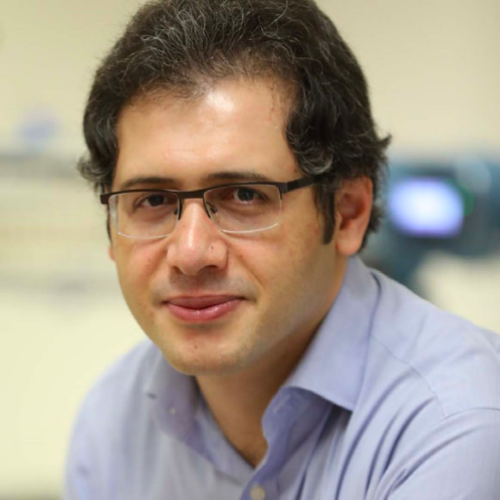 Energy eXploration Laboratory (Energy-X) in collaboration with its industry partner was awarded a NASA grant for carbon capture. Under this grant, the Energy-X lab led by Sajjad Bigham, Associate Professor in Mechanical and Aerospace Engineering at NC State University, will closely work with its industry partner and NASA’s Ames Research Center to develop a carbon removal system for next-generation space vehicles.
Energy eXploration Laboratory (Energy-X) in collaboration with its industry partner was awarded a NASA grant for carbon capture. Under this grant, the Energy-X lab led by Sajjad Bigham, Associate Professor in Mechanical and Aerospace Engineering at NC State University, will closely work with its industry partner and NASA’s Ames Research Center to develop a carbon removal system for next-generation space vehicles. Under NASA’s Space Policy Directive-1 (i.e., Reinvigorating America’s Human Space Exploration Program), “the United States will lead the return of humans to the Moon for long-term exploration and utilization, followed by human missions to Mars and other destinations”. To accomplish this aspirational goal, next-generation space technologies are needed to support future space missions. Of many space systems, life support systems are at the heart of any human space travel. Removing carbon dioxide from the spacecraft cabin is central to the space life support systems.
Current methods of carbon dioxide removal onboard space vehicles and the International Space Station (ISS) rely on packed sorption beds filled with small desiccant beads. These systems consist of two sorption beds, one is used as an adsorber removing carbon dioxide from the cabin environment, while the other is thermally regenerated. Cycling the sorption towers between the adsorption and regeneration processes allows for a continuous carbon dioxide removal process. Fundamental issues limiting the efficiency and functionality of packed beds include high pressure drop penalties across the bed and the random packing of the granules. This leads to the air flow maldistribution of the supplied cabin air over the packed beds reducing sorption rates and the usable surface area of the packed bed system as there are inherent preferred pathways for the gas to travel. Also, packed bed sorption systems have poor thermal conductivity caused by point-to-point contacts among individual beads, resulting in inefficiency during the regeneration process.
Under this project, the team will design, develop, and study carbon removal systems made of 3D-printed zeolite-13X monoliths. The goal is to optimize carbon dioxide adsorption and regeneration processes while simultaneously reducing pressure losses experienced by the air mixture (see the figure for a representative adsorption process). The team believes that an optimized sorption system can be realized by designing 3D lattice structures with proper topology, material characteristics, and thermal conductivity. If successful, this project will advance the air revitalization system of NASA space vehicles for future Moon and Mars missions.